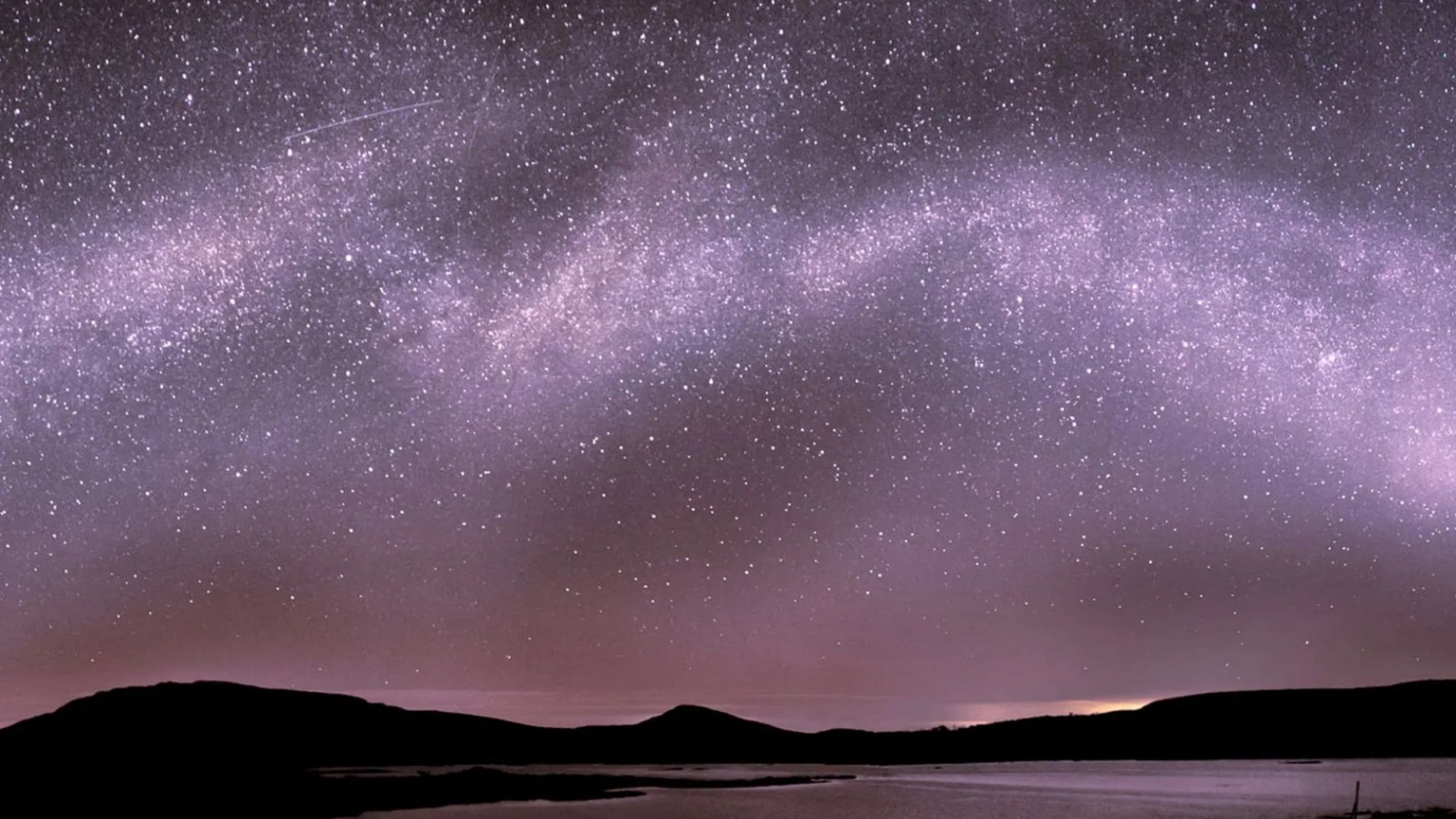Science
Stargazers Prepare for Stunning Perseid Meteor Shower Tonight

Tonight, astronomy enthusiasts in Ireland can look forward to a spectacular natural display as the **Perseid meteor shower** reaches its peak. Up to **150 meteors** will streak across the sky each hour, creating what experts describe as “natural fireworks.”
The event marks a unique opportunity for stargazers as Earth passes through debris left by **Comet Swift-Tuttle**, an ancient comet that orbits the sun approximately every **20 to 200 years**. This comet is estimated to be more than **5 billion years old**, predating the Earth itself.
Optimal Viewing Conditions
For those hoping to catch this celestial show, the best viewing window will occur between **midnight and 5:30 AM** when the sky is darkest. According to the **European Space Agency**, observers may even spot **Jupiter** and **Venus**, which will be at their closest during this time.
Dr. **Shyam Balaji**, a theoretical physicist at King’s College London, emphasized the significance of this meteor shower, stating, “It is one of the fastest and brightest meteor showers of the year, making it an astronomical highlight for stargazers.” He recommended aiming for the **North East** portion of the sky, particularly near the constellation **Perseus**, for the best chance of witnessing these meteors.
While many will be able to see the shower without any special equipment, viewing conditions can be affected by light pollution. Experts advise seeking locations away from urban areas to enhance the experience. For residents in Dublin, **Phoenix Park** and **Bull Island** offer ideal settings due to their reduced light pollution.
Understanding the Meteor Phenomena
The Perseid meteor shower consists of meteors traveling at an average speed of **58 kilometers per second**. As these meteors enter Earth’s atmosphere, they heat up and create bright trails of light. Smaller meteors typically vaporize, while larger ones can explode into brilliant fireballs.
If a meteoroid survives its passage through the atmosphere and lands on Earth, it is classified as a **meteorite**. To clarify some related terms, **asteroids** are rocky bodies orbiting the sun, while **comets** are icy bodies that can develop tails when they approach the sun.
To maximize the viewing experience, stargazers should ensure they have an unobstructed view of the sky. While binoculars might seem helpful, they can restrict the field of vision and cause observers to miss meteors. Dr. Balaji recommends enjoying the display with the naked eye and suggests using stargazing apps like **Sky Guide** or **Stellarium** to enhance the experience.
As tonight unfolds, those lucky enough to witness the Perseid meteor shower are in for a treat, with nature providing a stunning display that bridges the gap between the ancient past and the present.
-

 Entertainment2 weeks ago
Entertainment2 weeks agoAimee Osbourne Joins Family for Emotional Tribute to Ozzy
-

 Politics2 weeks ago
Politics2 weeks agoDanny Healy-Rae Considers Complaint After Altercation with Garda
-

 World4 weeks ago
World4 weeks agoHawaii Commemorates 80 Years Since Hiroshima Bombing with Ceremony
-

 Top Stories4 weeks ago
Top Stories4 weeks agoFianna Fáil TDs Urgently Consider Maire Geoghegan-Quinn for Presidency
-

 World4 weeks ago
World4 weeks agoGaza Aid Distribution Tragedy: 20 Killed Amid Ongoing Violence
-

 World4 weeks ago
World4 weeks agoCouple Convicted of Murdering Two-Year-Old Grandson in Wales
-

 World4 weeks ago
World4 weeks agoAristocrat Constance Marten and Partner Convicted of Infant Murder
-

 Top Stories4 weeks ago
Top Stories4 weeks agoClashes Erupt Between Far-Right Groups and Migrants in Spain
-

 Top Stories4 weeks ago
Top Stories4 weeks agoHistoric Dalkey Pub The Queens Reopens Under New Management
-

 World4 weeks ago
World4 weeks agoTrump Defends FBI Deputy Director Amid Epstein Files Controversy
-

 Business4 weeks ago
Business4 weeks agoSunshine 106.8 Boosts Irish Music After Regulator’s Request
-

 Politics4 weeks ago
Politics4 weeks agoTragic Crowd Surge at Gaza Aid Center Claims 20 Lives









